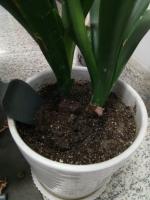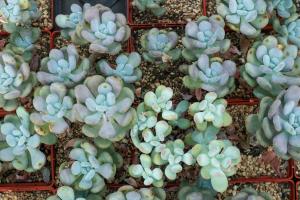Introduction
When setting up an aquarium, the choice of whether to include live plants or not is one that many hobbyists grapple with. While plastic or silk plants can add color and texture to an underwater environment, many experts argue that live plants are a more natural and beneficial choice. In this article, we'll take a closer look at the advantages of including live plants in your aquarium.
Benefits of Live Plants
One of the key benefits of live plants is that they help to oxygenate the water. Like terrestrial plants, aquatic plants undergo photosynthesis, which produces oxygen as a byproduct. This can be especially important in heavily stocked tanks, where fish and other aquatic life are consuming oxygen at a rapid rate. In addition, live plants can help to regulate pH levels and reduce the presence of harmful substances such as ammonia and nitrates in the water.
Live plants also provide a more natural and stimulating environment for aquatic life. Fish, invertebrates, and other creatures benefit from the hiding places and shade provided by plants, which can help to reduce stress and encourage natural behaviors. In addition, live plants can help to provide a more natural balance between predator and prey species, as well as reduce the spread of disease and parasites.
Types of Live Plants
When selecting live plants for your aquarium, there are a variety of species to choose from. Some popular options include Anubias, Java ferns, Amazon swords, and Java moss. It's important to consider factors such as lighting, water temperature, and nutrient levels when choosing plants, as different species have different requirements.
It's also important to note that some species of live plants can be challenging to care for and may require advanced aquarium-keeping skills. However, with the right knowledge and preparation, many species can thrive in an aquarium environment.
Care and Maintenance
Like any living organism, live plants require proper care and maintenance in order to thrive. This includes ensuring adequate lighting, providing the right nutrients through fertilizers or specialized substrate, and ensuring proper water quality. It's also important to regularly prune and trim plants to prevent overgrowth and ensure a healthy, natural balance.
It's also worth noting that live plants can provide additional benefits beyond their aesthetic and environmental advantages. For example, many species of live plants can be propagated and shared with other aquarium enthusiasts, adding to the sense of community and collaboration within the hobby.
Conclusion
Overall, the choice to include live plants in your aquarium can offer a variety of benefits both for the aquatic life within the tank and the hobbyist caring for it. By providing oxygenation, natural hiding spots, and a more balanced ecological system, live plants can help to create a healthier and more stimulating environment for all species involved.

 how many times do yo...
how many times do yo... how many planted tre...
how many planted tre... how many pine trees ...
how many pine trees ... how many pecan trees...
how many pecan trees... how many plants comp...
how many plants comp... how many plants can ...
how many plants can ... how many plants and ...
how many plants and ... how many pepper plan...
how many pepper plan...






























